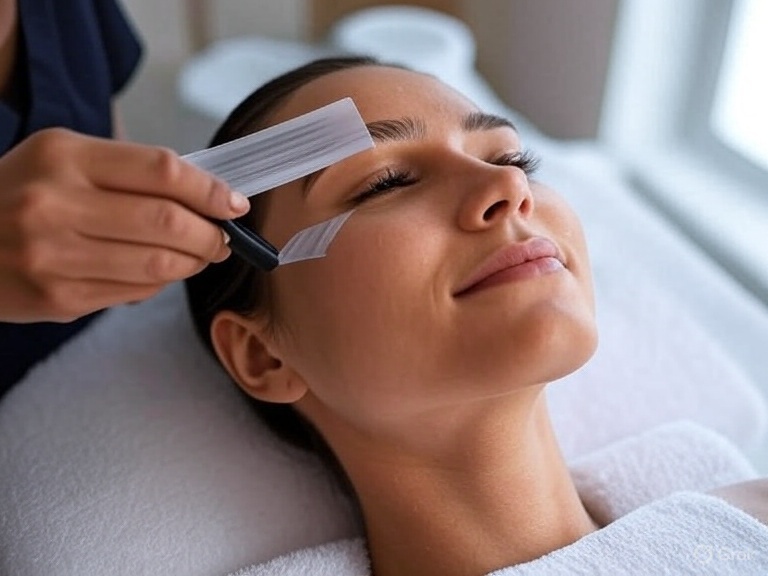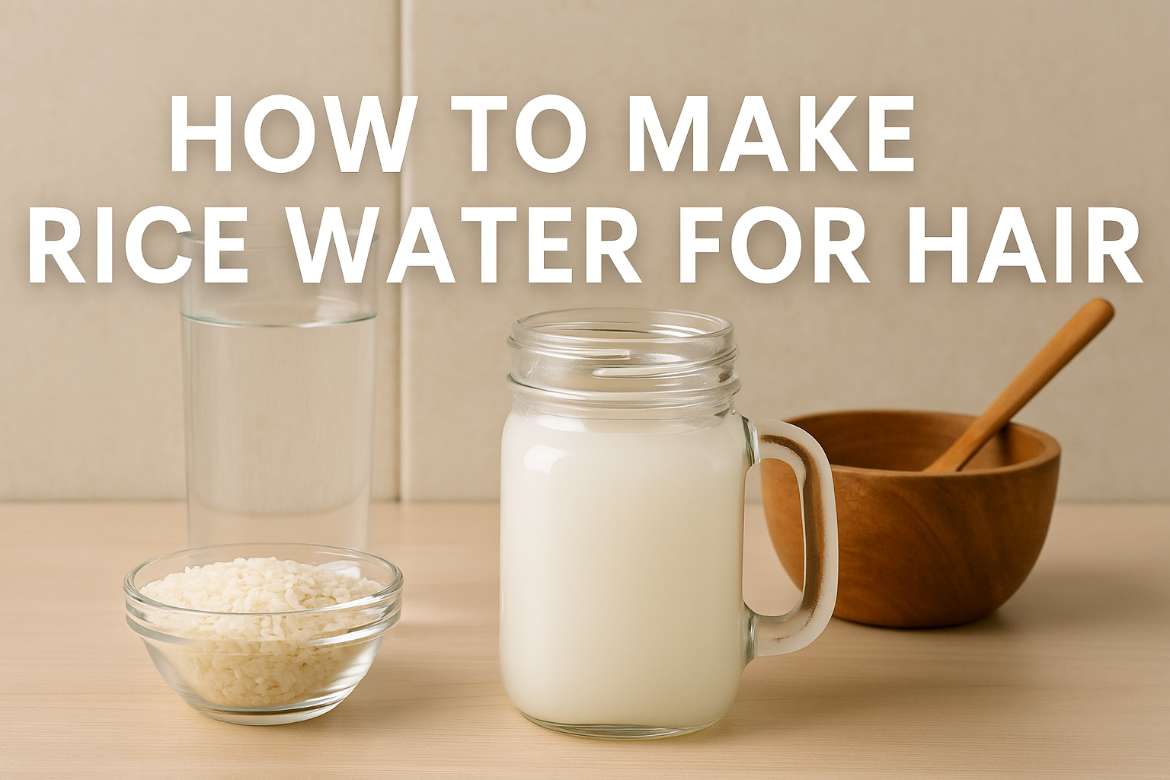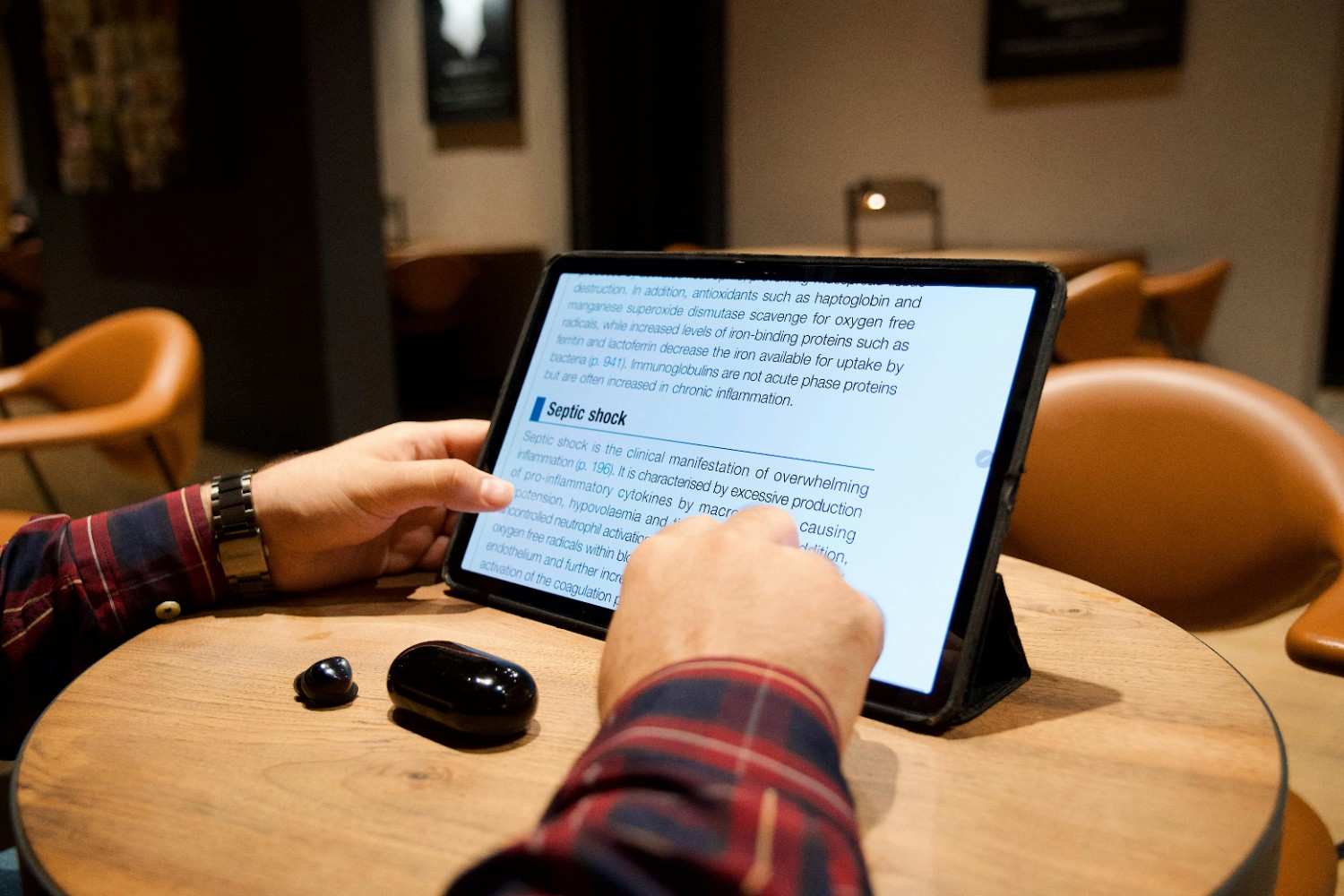
I’ll admit it—there was a time when I thought the only way to get a deep, bronzed glow was by spending hours in the sun, no matter the hour. I’d read the magazines, seen the influencers, and thought, “If I don’t get my tan now, I’m missing out on all that sun-kissed goodness.” However, over the years, as I delved deeper into the world of skincare, I learned that timing matters when it comes to tanning. The secret lies in finding the best time of day to tan, without risking your skin’s health.
We all love that golden, radiant glow, but the sun’s rays can be tricky. They don’t just give us that beachy tan; they can also lead to premature aging, sunburns, and even skin cancer. But fear not! In this post, I’ll walk you through everything you need to know about getting that sun-kissed glow, safely and effectively, by choosing the best time to tan.
What’s the Best Time of Day to Tan?
If you’ve ever been tempted to tan during midday, you’re not alone. Many of us think that the sun is at its peak when it’s directly overhead. But what if I told you that’s actually the time when you should avoid tanning? It’s not just about getting a tan, but about how you do it. So, what’s the ideal time to soak up those UV rays and walk away with a beautiful glow?
The best time to tan is early morning or late afternoon. Between 7 AM to 10 AM and 4 PM to 6 PM are typically the golden hours. During these times, the sun’s UV rays are less intense, making it safer for your skin while still giving you that gorgeous tan you desire.
Why Is the Time of Day So Important for Tanning?
It’s all about understanding how the sun’s rays work. The sun emits both UVA and UVB rays, both of which impact your skin in different ways. The more intense the UVB rays (which are strongest during midday), the higher the risk of sunburn and skin damage.
Here’s the thing—UVB rays are primarily responsible for causing that redness and peeling from sunburn. When you tan too much in the harsh midday sun, you might get that immediate glow, but you’re also increasing your chances of damaging your skin over time.
In contrast, early morning or late afternoon sun provides a gentler exposure to these rays, allowing you to tan slowly and steadily without causing excessive damage. This gives you that long-lasting, golden glow while minimizing the risk of burning.
How Can You Protect Your Skin While Tanning?
It’s easy to get carried away by the desire for a perfect tan, but protecting your skin should always come first. I always tell my clients that the key to a healthy tan isn’t just choosing the right time—it’s also about following a proper skincare routine to keep your skin hydrated and safe.
Always Apply Sunscreen
Even during the “safer” tanning hours, sunscreen is still a must. Look for a broad-spectrum sunscreen with an SPF of at least 30, and don’t forget to reapply every two hours. Yes, even during the early morning and late afternoon, UV rays can still cause damage.
Stay Hydrated
Tanning can dehydrate your skin, so make sure to drink plenty of water throughout the day. It’ll help your skin maintain its elasticity and glow, and you’ll thank yourself later when your tan lasts longer and looks smoother.
Use After-Sun Care
After you’ve enjoyed your time in the sun, don’t forget to nourish your skin. Aloe vera gel, hydrating lotions, and oils can help soothe and repair your skin, keeping it soft and moisturized.
How to Make the Most of the Best Time of Day to Tan
Now that you know the best times to soak up the sun, how can you make the most of your tanning sessions? Here’s my step-by-step guide to help you achieve that perfect, safe tan.
Step 1: Prep Your Skin
Start by exfoliating your skin the day before tanning to remove dead skin cells. This will give you an even base and allow the tan to develop more smoothly. Avoid exfoliating right before tanning as it can make your skin too sensitive to the sun’s rays.
Step 2: Choose Your Spot
Find a spot where you can relax and enjoy the sun’s warmth without too many interruptions. Whether it’s your backyard or a quiet beach, the more comfortable you are, the better your tanning experience will be.
Step 3: Time Your Tanning Sessions
Aim for 20-30 minutes in the sun during the early morning or late afternoon hours. Start with shorter intervals and gradually build your exposure to avoid burning. Listen to your skin—if it starts to feel hot or irritated, it’s time to get out of the sun.
Step 4: Hydrate and Moisturize
After your tanning session, hydrate your skin with an after-sun lotion or aloe vera gel. Keep yourself hydrated by drinking water throughout the day to maintain skin moisture and support a healthy, long-lasting tan.
FAQs About the Best Time of Day to Tan
Why is midday not a good time to tan?
Midday sun, between 10 AM and 4 PM, is when the UV rays are the strongest, making it more likely that you’ll burn and damage your skin. It’s best to avoid direct sun exposure during this time for the health of your skin.
How long should I tan each day?
It’s recommended to limit tanning to 20-30 minutes per session, depending on your skin type. If you have fair skin, you may want to start with shorter sessions. Gradually increase your time in the sun as your skin builds a tolerance.
Can I still tan on cloudy days?
Yes, you can still tan on cloudy days! Up to 80% of UV rays can penetrate through clouds, so it’s important to wear sunscreen even when it seems overcast outside.
What if I don’t have time to tan in the morning or evening?
If your schedule doesn’t allow you to tan during the ideal hours, consider using self-tanning products or bronzers. They can help you achieve a sun-kissed glow without any sun exposure.
The Final Glow-Up
Tanning doesn’t have to be a risky endeavor if you’re smart about it. By tanning at the right times of day, protecting your skin, and following a healthy skincare routine, you can achieve the beautiful, golden glow you’ve always wanted—safely. So, next time you’re planning to catch some rays, keep these tips in mind and choose your tanning hours wisely. Here’s to glowing skin and safe sun sessions!












